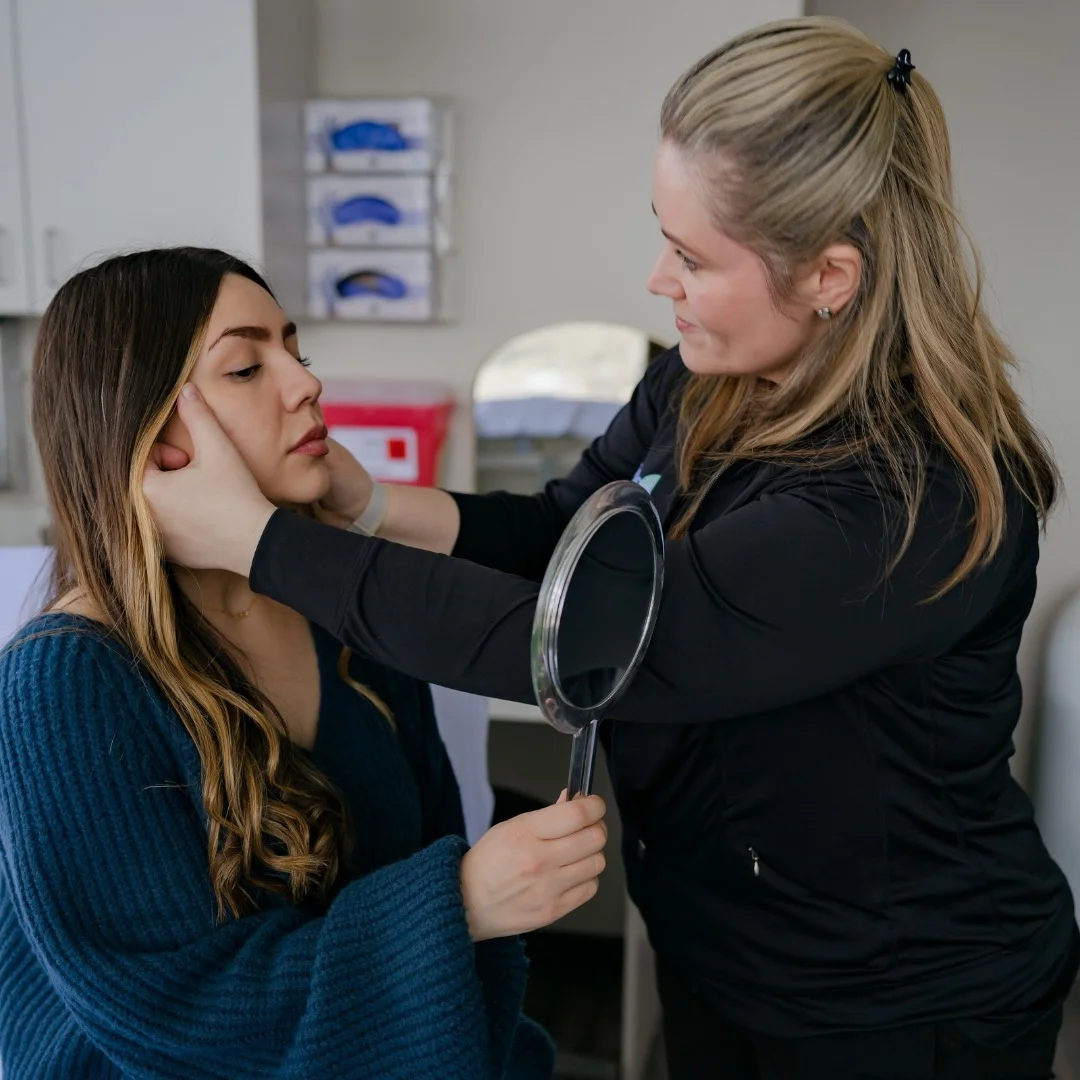Melasma: What It Is and How to Treat It Effectively
Melasma is a common skin condition that affects millions of people, causing brown or grayish-brown patches to appear on the face. While harmless, these patches can be a source of self-consciousness for many who experience them. At AboutSkin Dermatology and Aesthetics, our Board-Certified Dermatologists understand the frustration melasma can cause and offer advanced, evidence-based approaches […]
Read Blog
